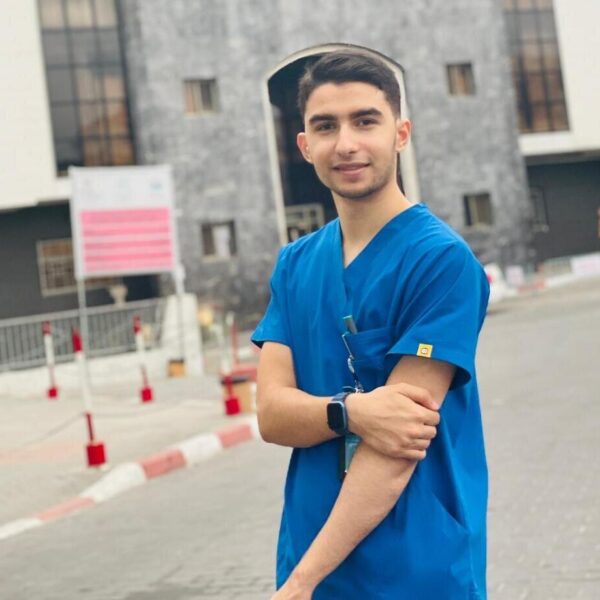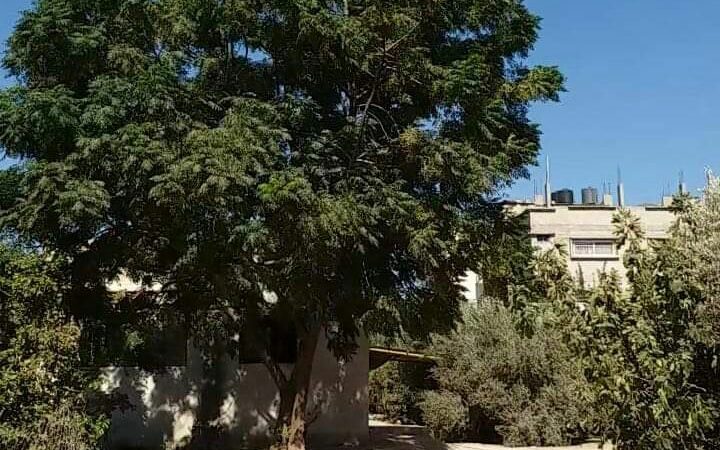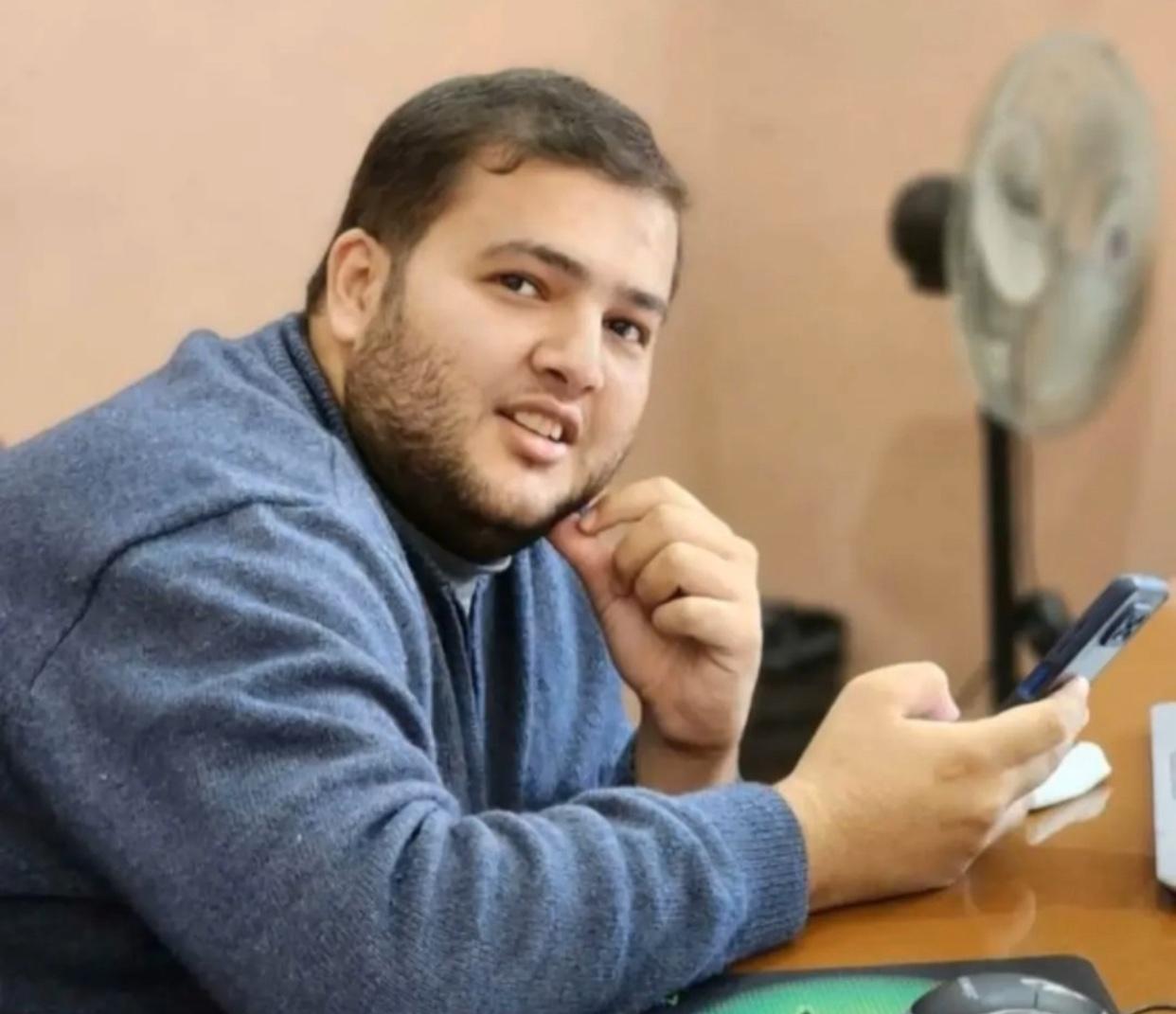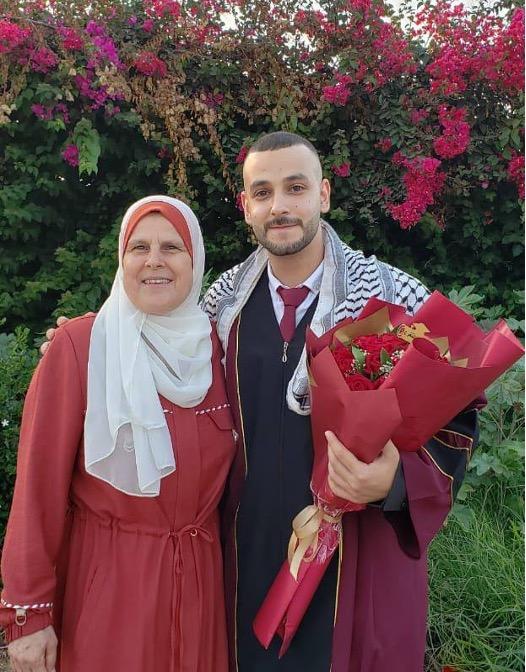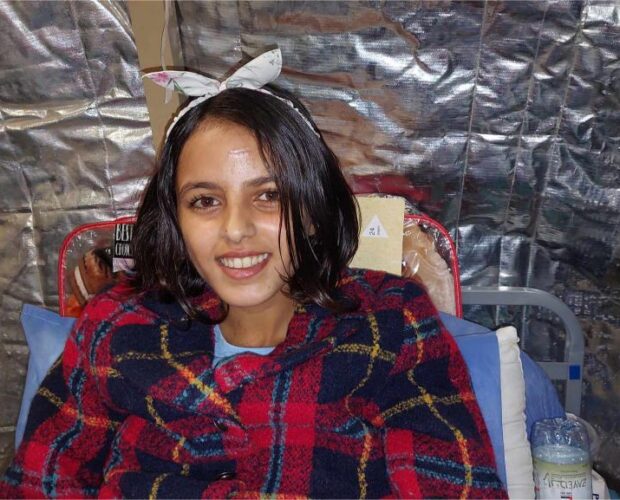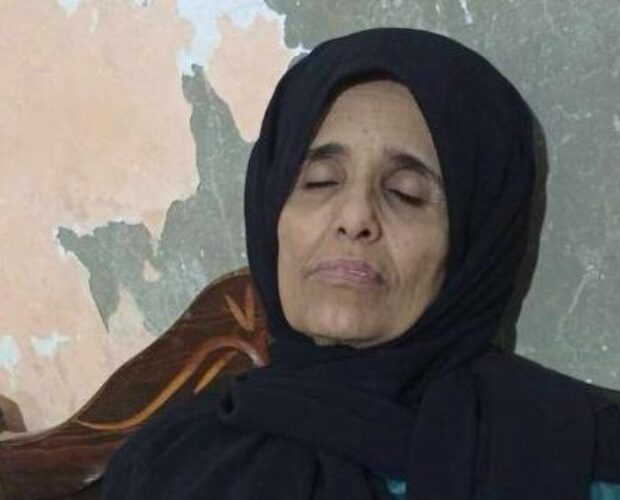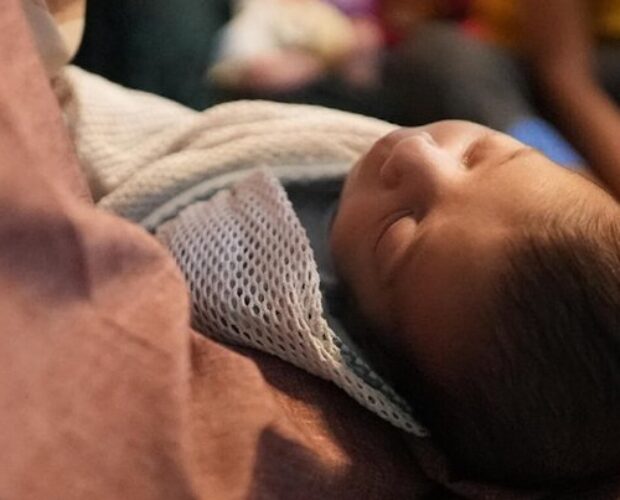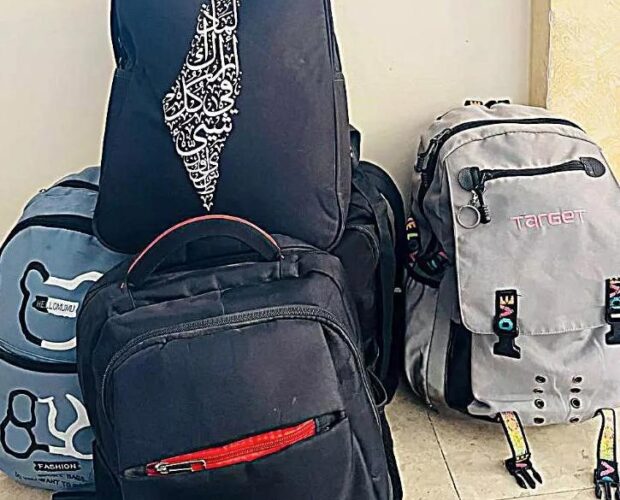“How did Ramadan come when we are still living in such a dire situation?” This question is on the mind of every Palestinian in the Gaza Strip. We wonder how we can properly honor this holiest of Muslim holidays in these circumstances.
Right now, most people here are suffering the bitterness of loss. The majority have lost loved ones. In the southern and central parts of the Strip, there are almost 2 million displaced people, forced to evacuate their homes at least once and some three or four times. In many cases, they can’t go back; their homes have been destroyed.
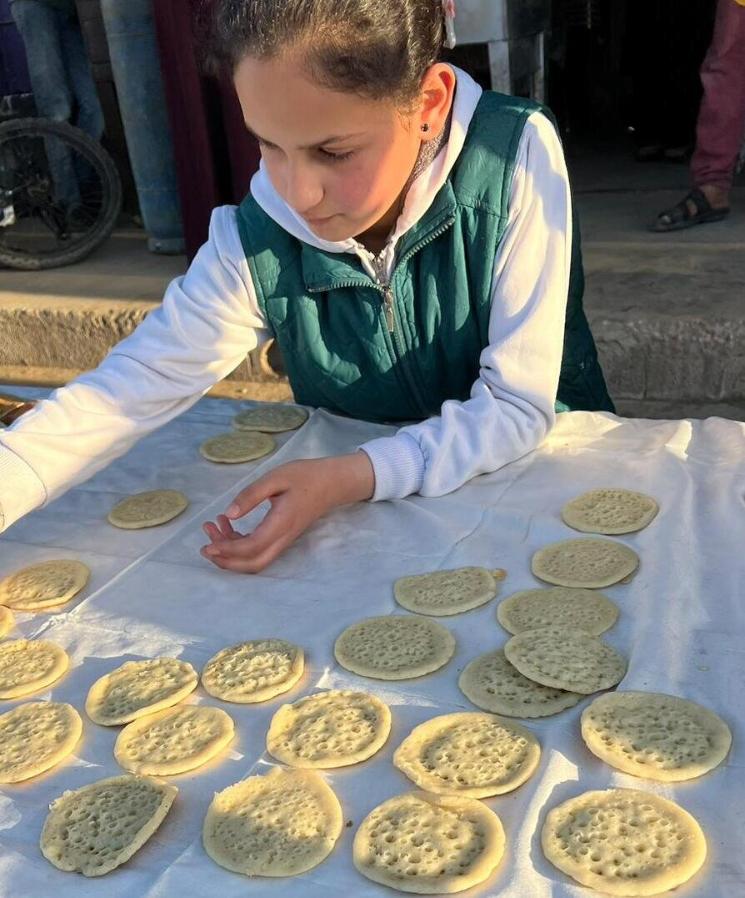
We had hoped the bloodletting would stop when Ramadan came, but instead, it intensified. So, how are we spending the month of Ramadan? Are there rituals that will still distinguish this month despite the presence of war?
Marketplaces full, though not doing much business
In the displacement camps in Rafah, hundreds of thousands of displaced people are packed together. Many of them are vendors, and now they have set up their own small businesses among the tents. But the people don’t have any income, so although Ramadan has brought a noticeable increase in traffic, it’s mostly spectators, not buyers. People go to the markets to try to escape the atmosphere of sadness and despair. There is a continuous human stream in the streets.
People express words of hope, wishing for the war to end or at least for Rafah to be spared from the threatened Israeli ground invasion. They want this month to pass with minimal additional loss.
In the markets, vendors ply some of the traditional foods that give a special flavor to Ramadan signal the arrival of the holiday. Some of the displaced people make and sell qatayef, a famous pastry from Gaza that is especially associated with Ramadan. The ingredients needed to make it are scarce, but people try to find alternatives.
Others make falafel stuffed with fillings such as onion and paprika. This dish is considered one of the specialties of Ramadan and is very popular despite the exorbitant prices.
Charity tables and Ramadan lanterns
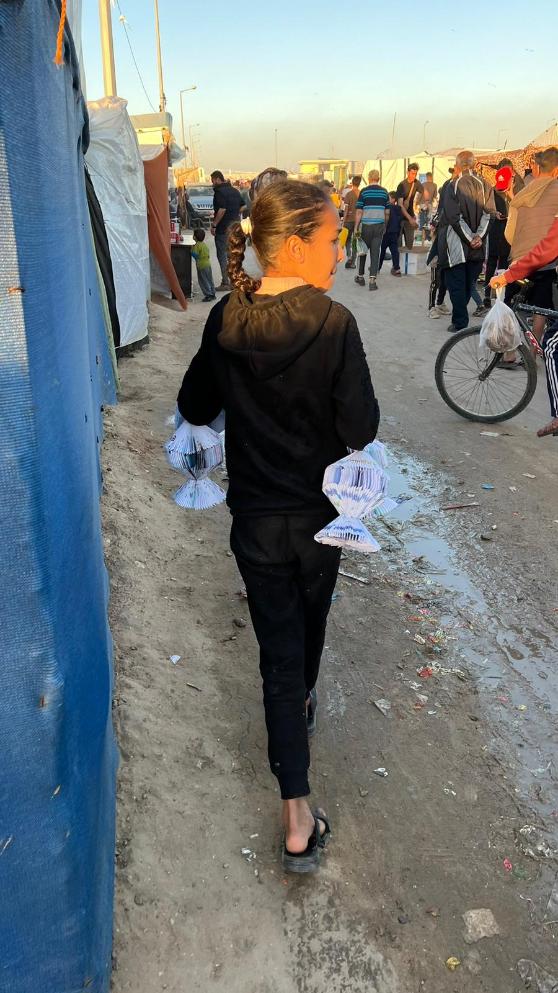
Our elders used to say, “Ramadan comes, and goodness comes with it.” Therefore, there’s an increase in charity tables on almost every street to distribute free food for iftar, the meal that breaks the fast, before the Maghrib prayer, one of the five required daily prayers in Islam. Many displaced people gather around these tables to secure their iftar meal after fasting for long hours.
As for the children, they have their own Ramadan rituals. Despite the conditions being far from suitable for celebration, it’s their right to be happy. So, fawanees, Ramadan lanterns, are beginning to appear. These children’s toys are special during Ramadan, but due to their scarcity, necessity becomes the mother of invention. I saw a child holding paper lanterns, not to play with, but to sell to help her family provide some money for food.
I love children, and it warms my heart to see them laugh and play despite the severity of the war. So, I brought some Ramadan decorations and hung them in the tents with the help of the children.
I also decided to organize an activity, making small lanterns from cans. They didn’t have the quality of our usual lanterns; they were somewhat primitive. But they served the purpose. I heard the children’s laughter bubble up and saw them literally shout for joy, as if they had received something from another planet where peace reigns.
Improvising for iftar meals
As the time for iftar approaches, most women in the camp prepare fire pits as an alternative to the typical stoves, for which gas is unavailable. They try to cook iftar food, although honestly, most of the available food is canned, and other ingredients, like meat and vegetables, are very scarce and at very high prices.
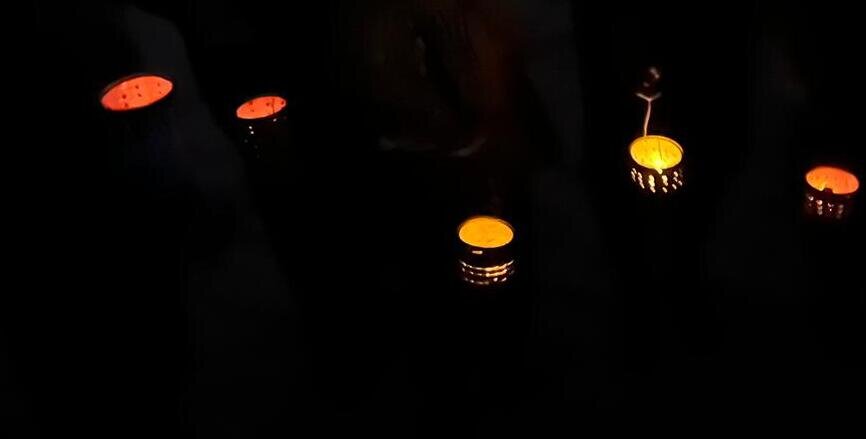
One of the customs that has spread in the camp is that the displaced people exchange some of the food they cook to diversify iftar. It’s considered a sort of solution to the problem of food monotony.
When it’s time for dinner, people prepare for Taraweeh prayers, which are among the most important religious rituals during Ramadan. Due to the distance of the mosques that still stand, people pray in the streets in groups. A feeling of calm and tranquility prevails as both children and adults gather in rows to pray.

